Scientists start vaccinating koalas to save them from the deadly disease chlamydia
Scientists are trialling a new koala vaccine to stop them dying from a disease that also prevents them from having babies
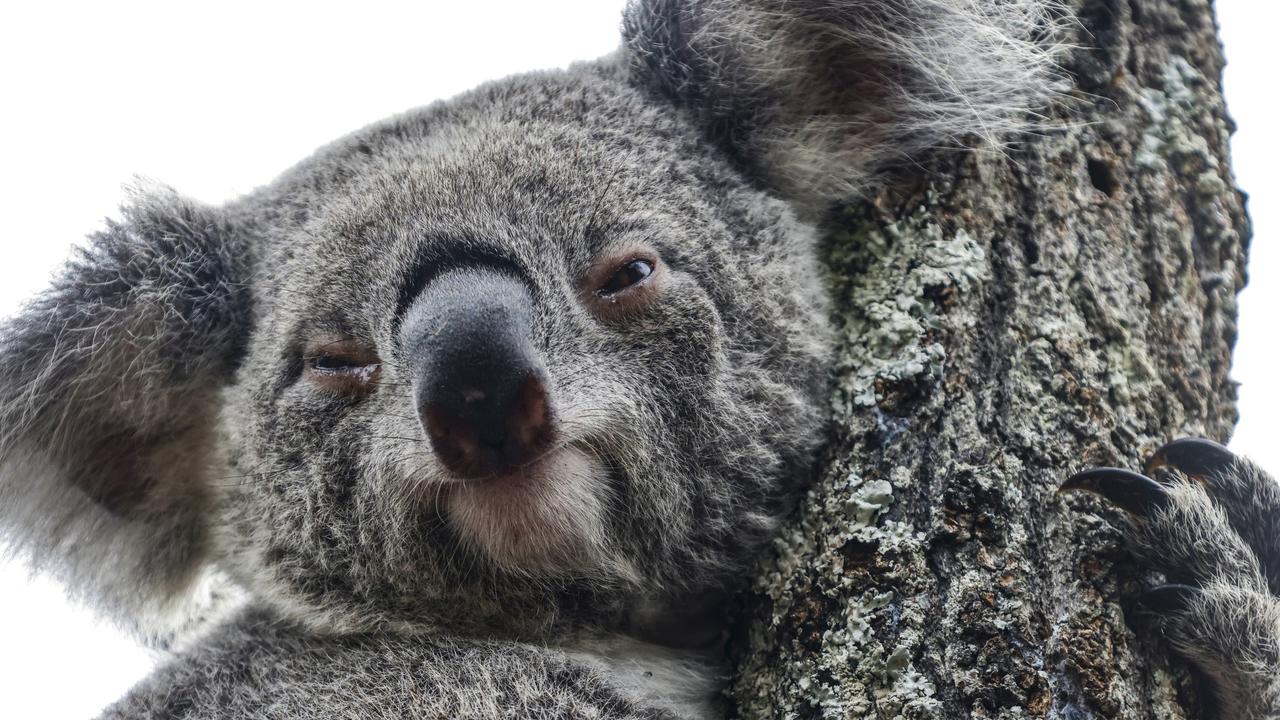
READING LEVEL: ORANGE
Australian scientists have started vaccinating* wild koalas against the disease chlamydia in an ambitious* trial in NSW.
They want to test a way to protect the marsupials against the widespread condition that causes blindness, the inability to have babies, and death.
“It’s killing koalas because they become so sick they can’t climb trees to get food, or escape predators*, and females can become infertile*,” said Dr Samuel Phillips, a microbiologist at the University of the Sunshine Coast, which helped develop the vaccine.
Around half of the wild koala population in the Northern Rivers region of NSW — about 50 animals — will be caught and vaccinated.
“We want to evaluate* what percentage of the koalas we need to vaccinate to meaningfully* reduce infection and disease,” said Dr Phillips.
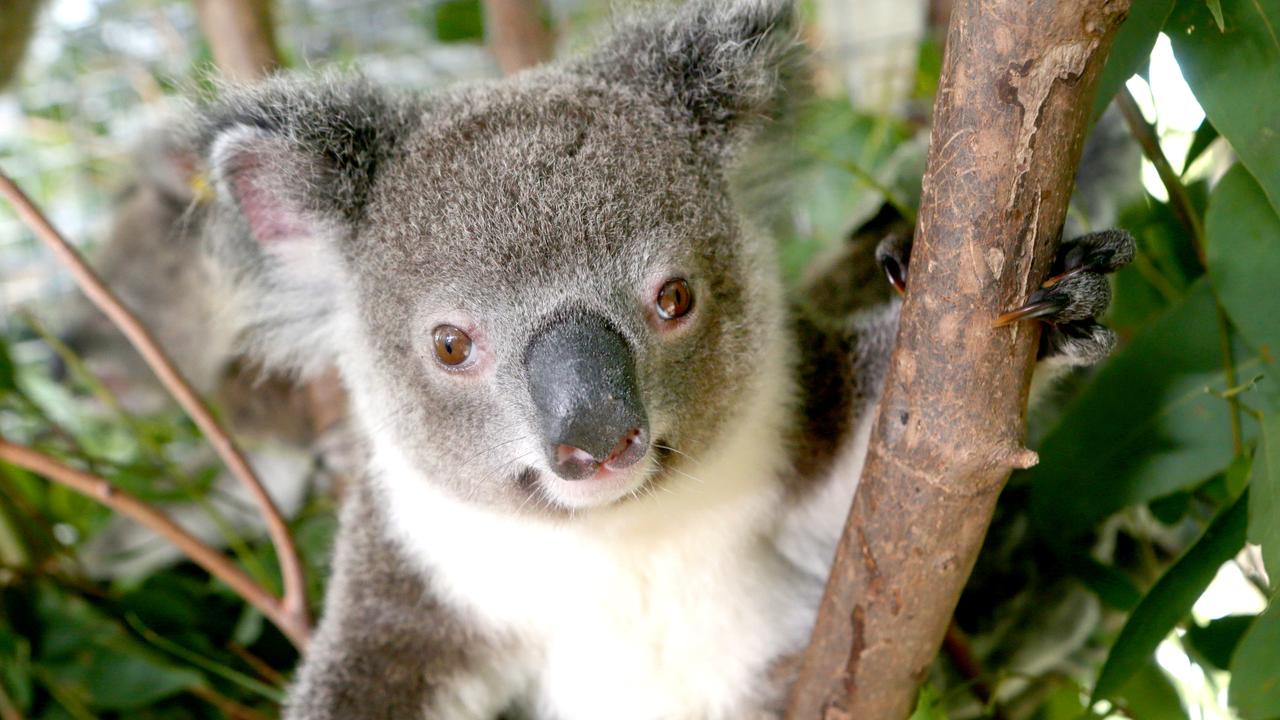
The first koalas were caught and vaccinated in March and the effort is expected to last about three months.
Researchers use binoculars to spot koalas in eucalyptus trees, then build fences around the tree bases with doors leading into cages. After a few hours or days, the koalas climb down from one tree to seek tasty leaves on another and wander into the harmless traps.
After a check-up to make sure the animals are in good condition, researchers give them anaesthesia* to make them sleep before they administer the vaccine. They watch the koalas’ health for 24 hours after they wake up to make sure there are no side effects, said Dr Jodie Wakeman, clinical director at Friends of the Koala wildlife hospital where the vaccinations are taking place.
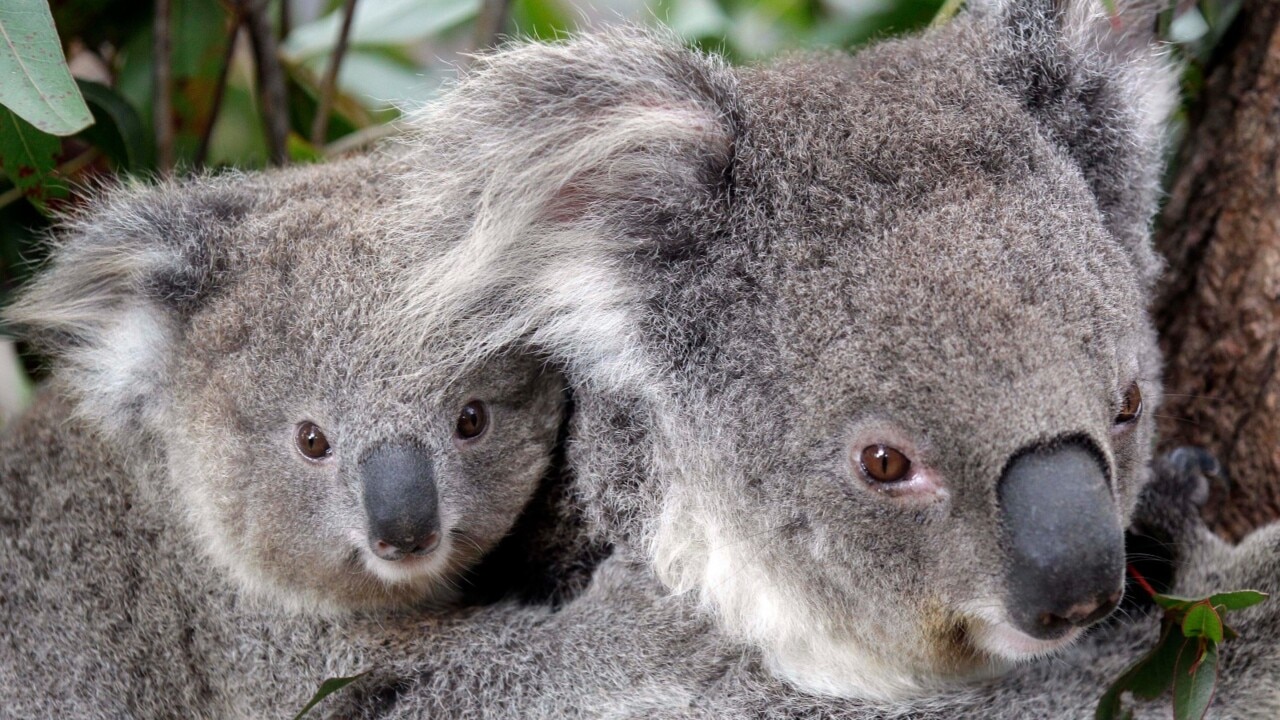
The goal is to vaccinate healthy koalas to prevent them from becoming infected with chlamydia. The researchers mark the koalas’ backs with pink dye so the same animals aren’t caught twice.
It is not known how koalas first caught chlamydia, but scientists believe it was probably from exposure to the faeces* of infected sheep and cattle. It spreads when koalas mate, or it can be passed from a mother to her babies.
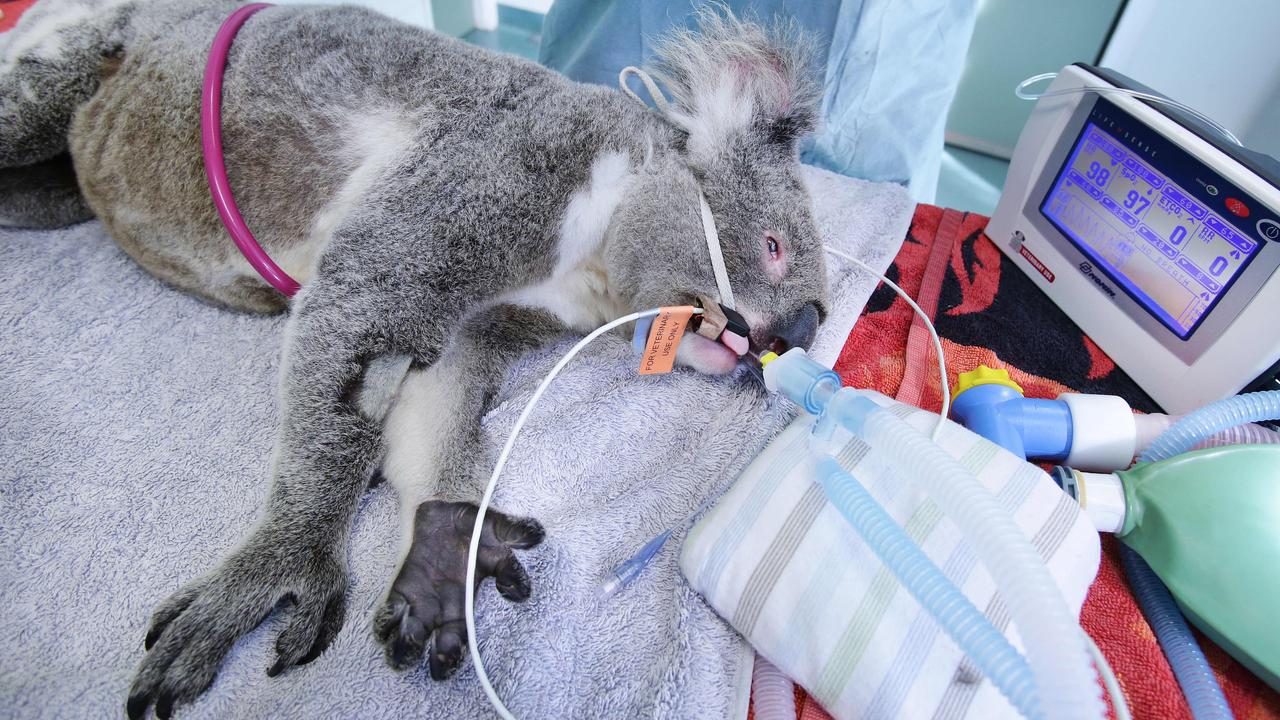
Associate Professor Mathew Crowther, a conservation biologist* at the University of Sydney, said medical treatment was difficult because the digestive system* in koalas’ stomachs is designed to make the toxins* in eucalyptus leaves harmless, but it can also stop medicines from working. Dr Crowther has been monitoring koalas in northern NSW for more than a decade. In 2008, 10 per cent of animals tested there were infected with chlamydia. Today that rate is 80 per cent.
“It’s been devastating — there’s very, very low fertility,” Dr Crowther said. “You hardly see any babies.”
About half of wild koalas in Queensland are also infected with chlamydia, scientists estimate.
FAST FACTS
• Koalas spend most of their time eating and sleeping in eucalyptus trees
• Their paws have two opposing thumbs to help them grasp and climb up trunks.
• Australia’s wild koala populations have dropped steeply in the past 20 years and are declared endangered* in the eastern regions of NSW, Queensland and the ACT.
• A 2020 NSW government report claimed threats from disease, habitat loss and road collisions could make koalas extinct by 2050.
GLOSSARY
- vaccinating: injecting medicine to protect against disease
- ambitious: wanting to achieve a certain goal
- predators: an animal that eats other animals
- infertile: not able to have babies
- evaluate: deciding if you’ve done something the best way
- meaningfully: done in a useful way
- faeces: poop
- conservation biologist: someone who researches animal life and where they live
- digestive system: our organs, including the stomach, that converts the foods we eat into their simplest forms
- toxins: a substance that is poisonous
- endangered: any type of plant or animal that is in danger of disappearing forever
EXTRA READING
Super koala Jagger to the rescue
Cameras snap surprise bushfire survivors
Thor on Tassie tiger de-extinction mission
QUICK QUIZ
- What health issues does chlamydia cause for koalas?
- How do scientists trap the koalas for the trial?
- How do scientists believe koalas were first infected?
- Why doesn’t medical treatment always work for koalas with chlamydia?
- What physical feature allows koalas to climb up tree trunks?
LISTEN TO TODAY’S STORY
CLASSROOM ACTIVITIES
1. Vaccine protection
This new vaccine for koalas will hopefully prove effective in protecting them against the disease chlamydia.
Work with a partner and list other vaccines that you know of, for humans or animals, that help protect against different diseases.
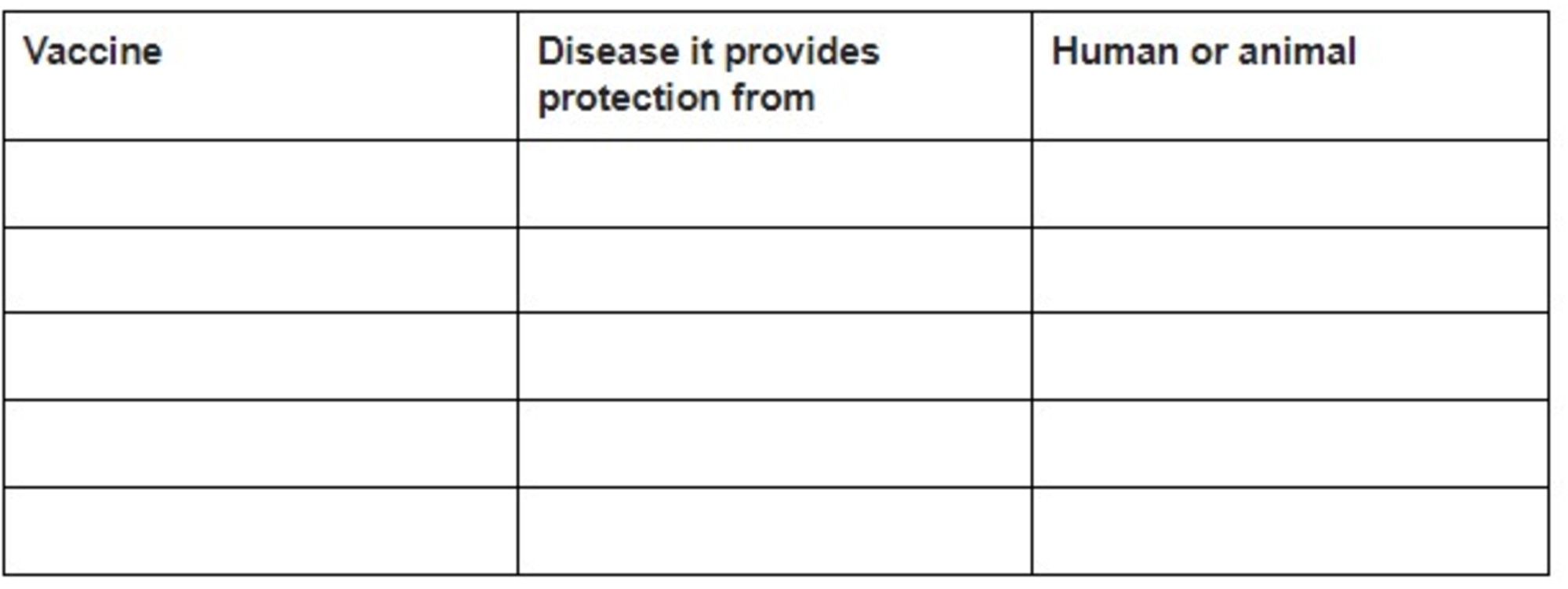
Time: allow 25 minutes to complete this activity
Curriculum Links: English; Science; Personal and Social; Critical and Creative Thinking
2. Extension
Think of some catchy headlines or slogans that raise awareness of the plight of koalas and the fact they are endangered in some areas due to not being able to have babies.
List three of your catchy headlines below that could go on posters or bumper stickers to raise awareness.
Time: allow 20 minutes to complete this activity
Curriculum Links: English; Critical and Creative Thinking
VCOP ACTIVITY
1. Vaccine pros and cons
The koala is now on the endangered species list, so why has it taken so long to create a vaccine for such a common known disease?
Make a list of pros and cons for the koalas that receive the vaccine.
Draw a conclusion as to why you think scientists have waited so long to start the vaccine program.
Share your conclusion with another person to see if you came to the same conclusion.

